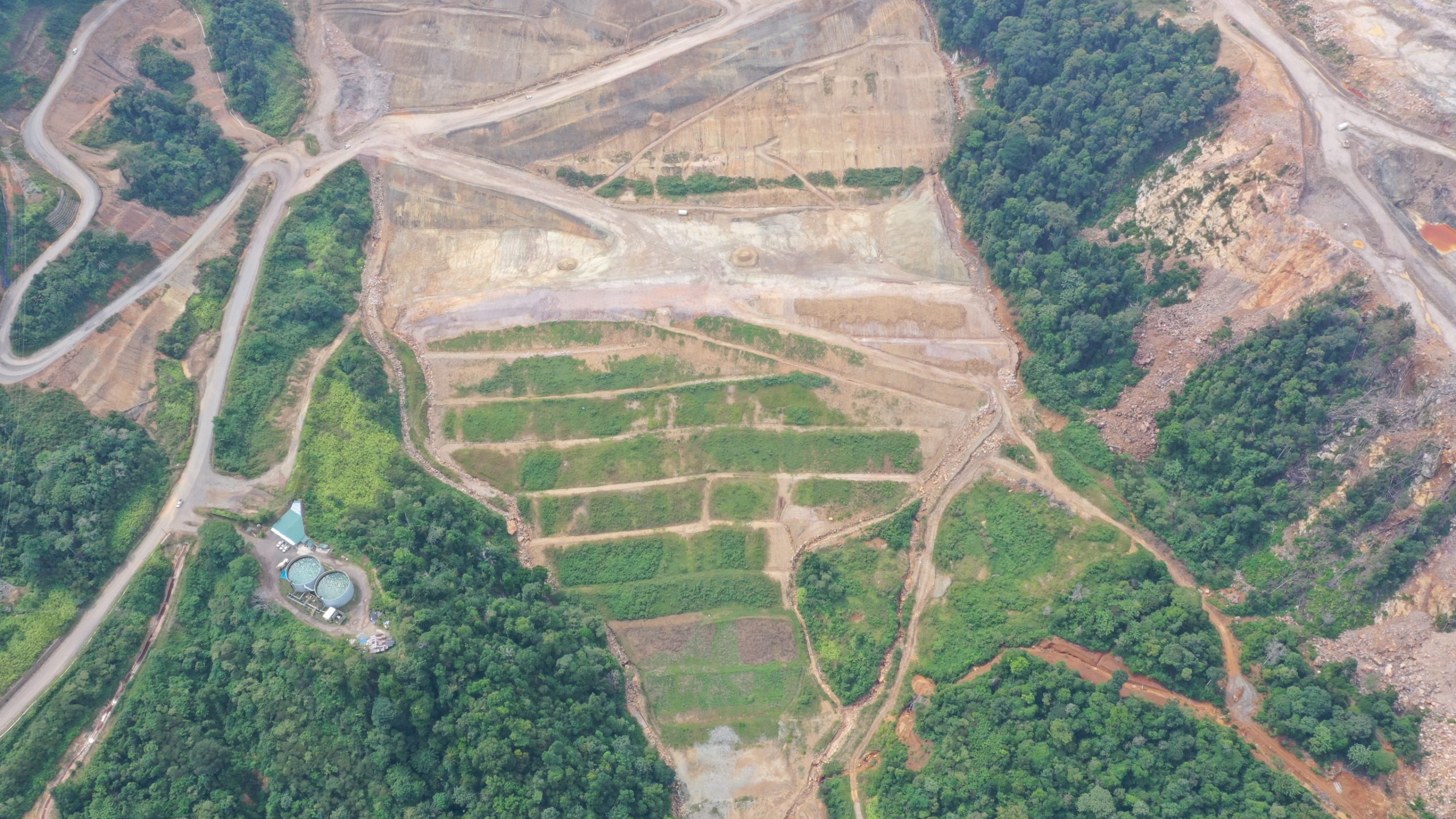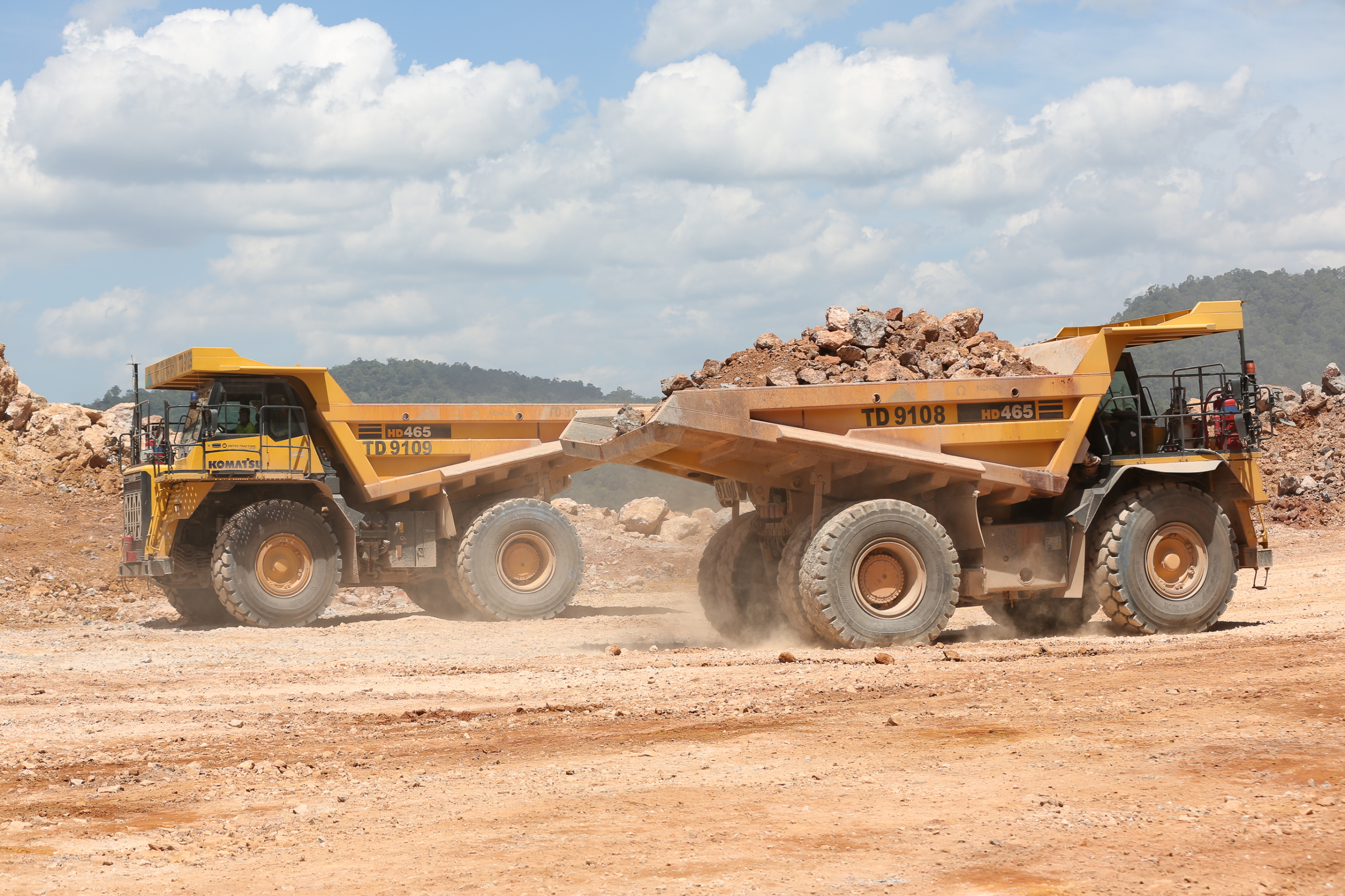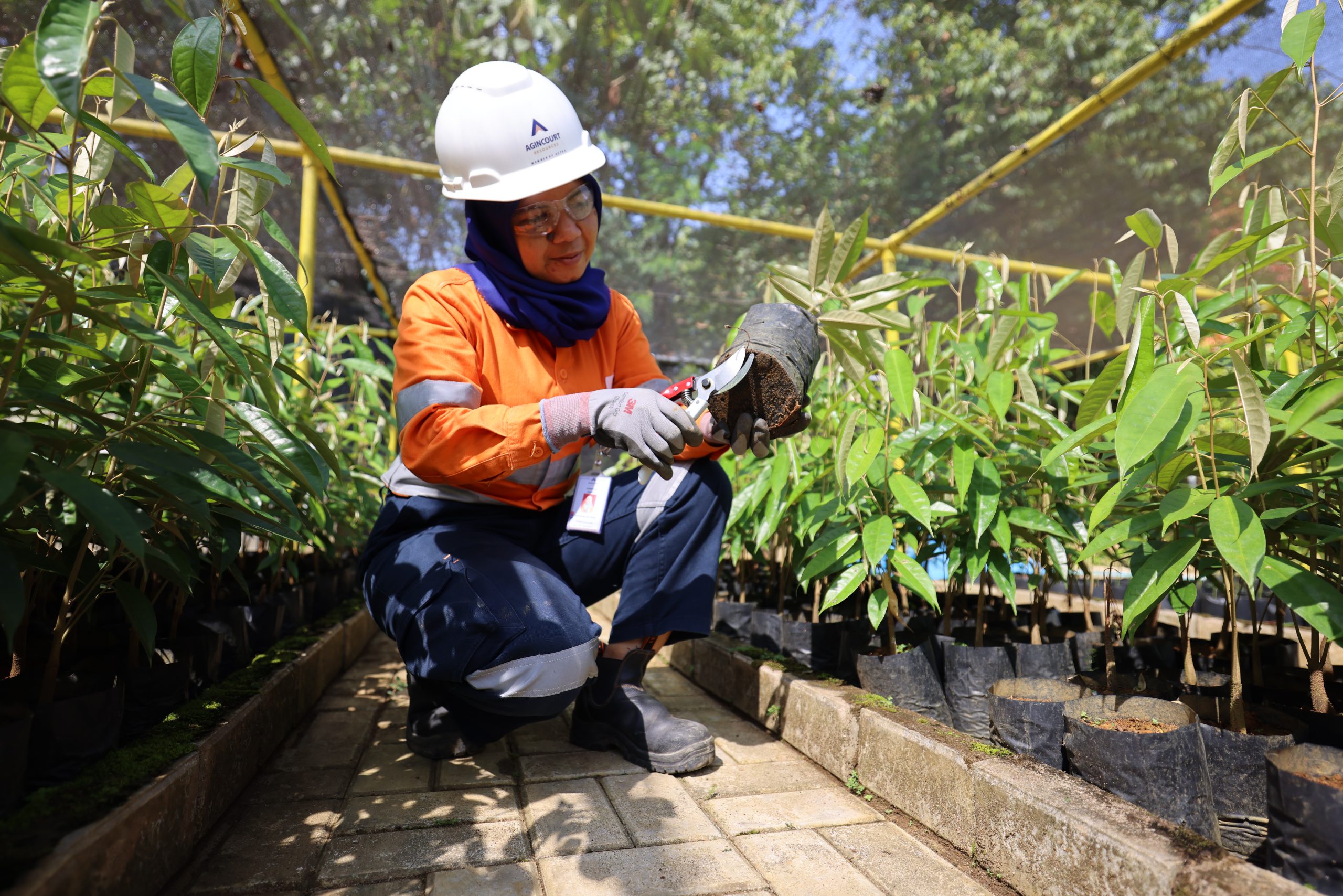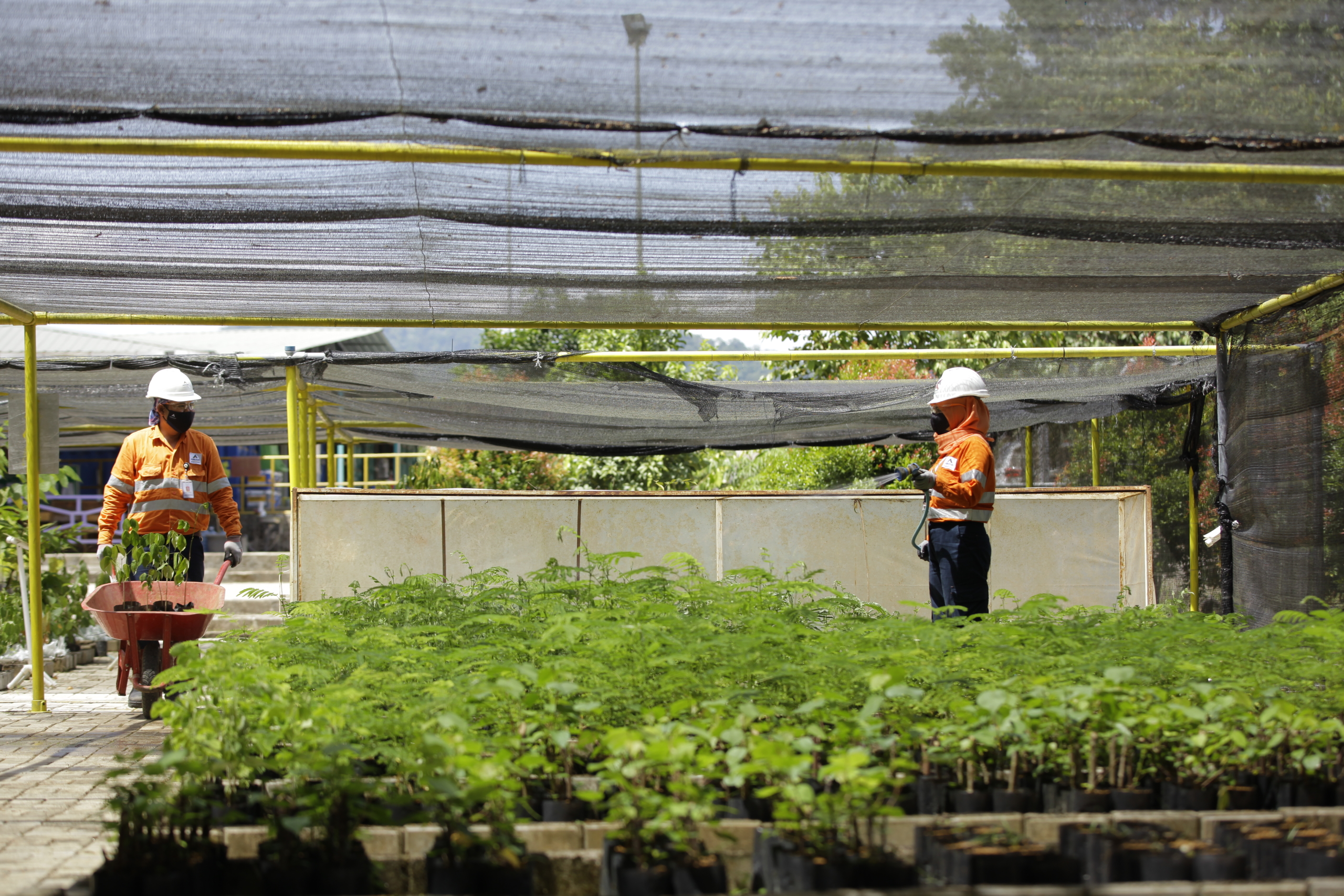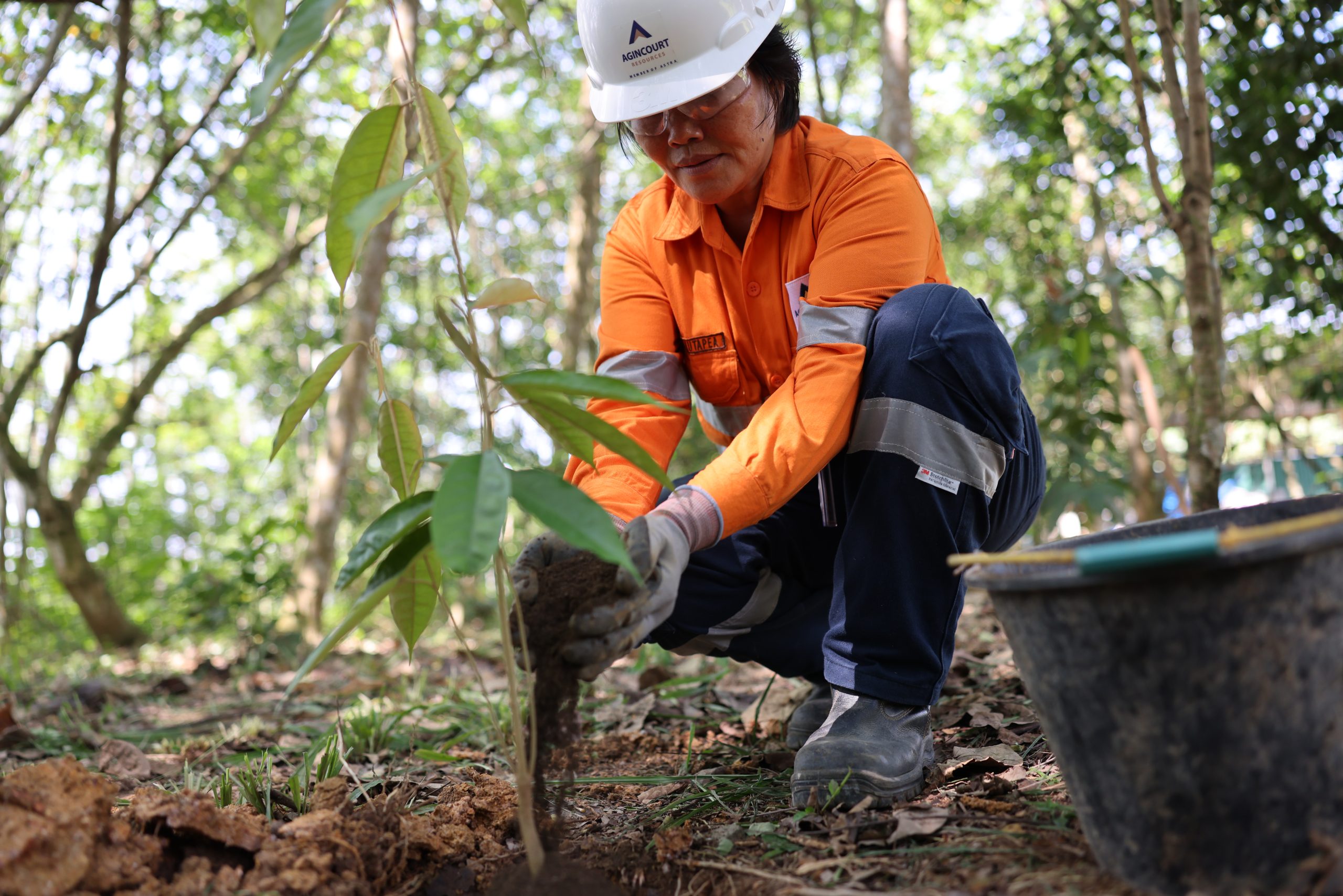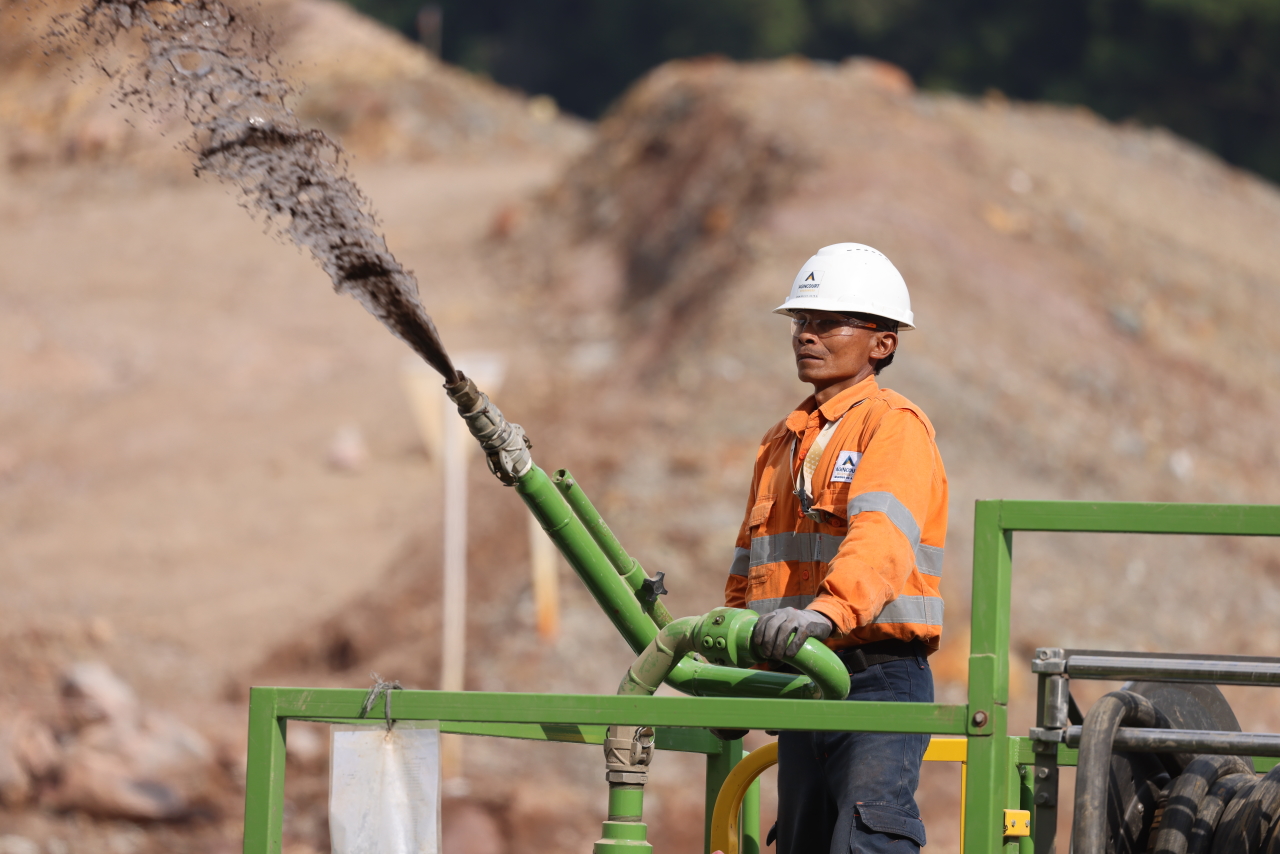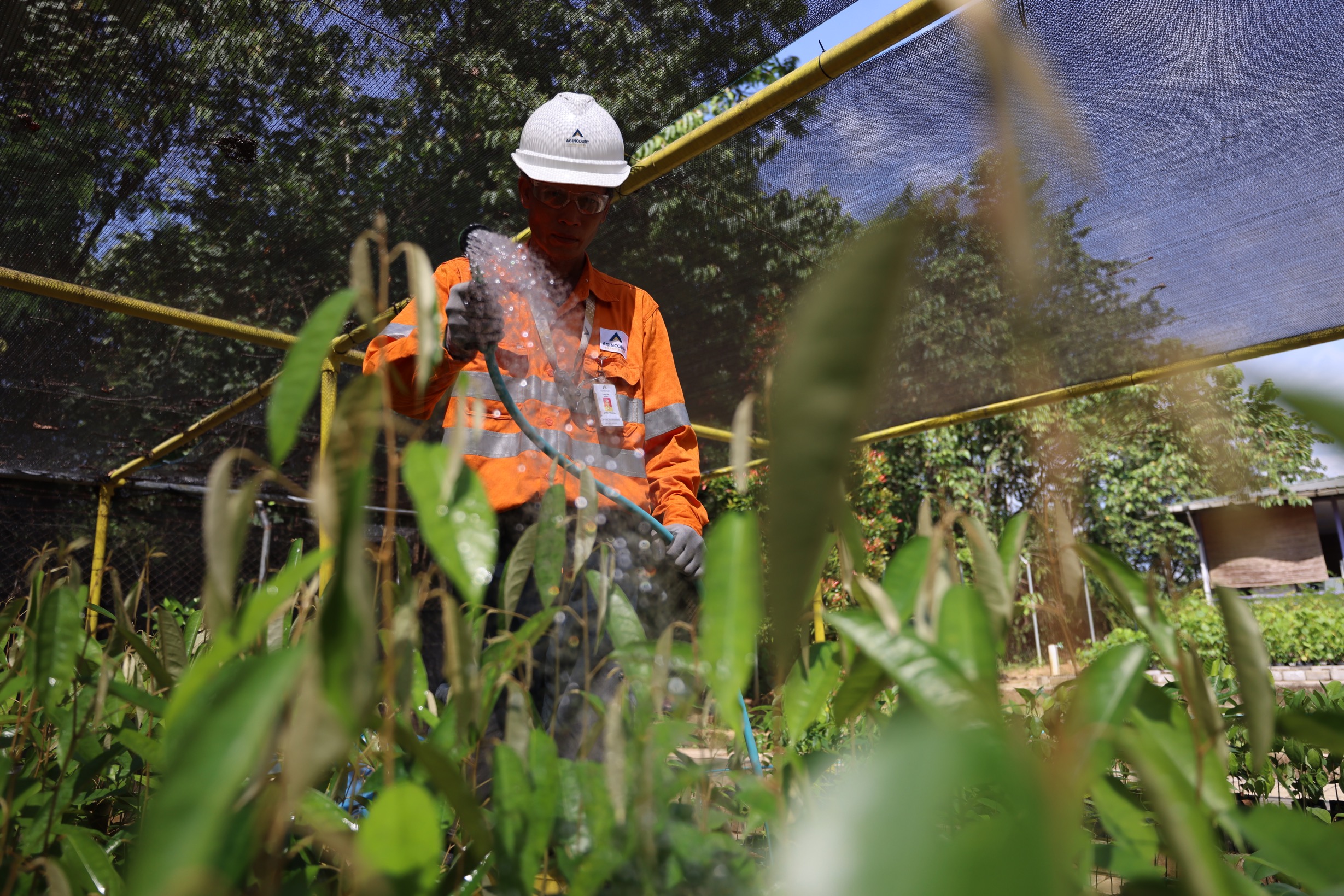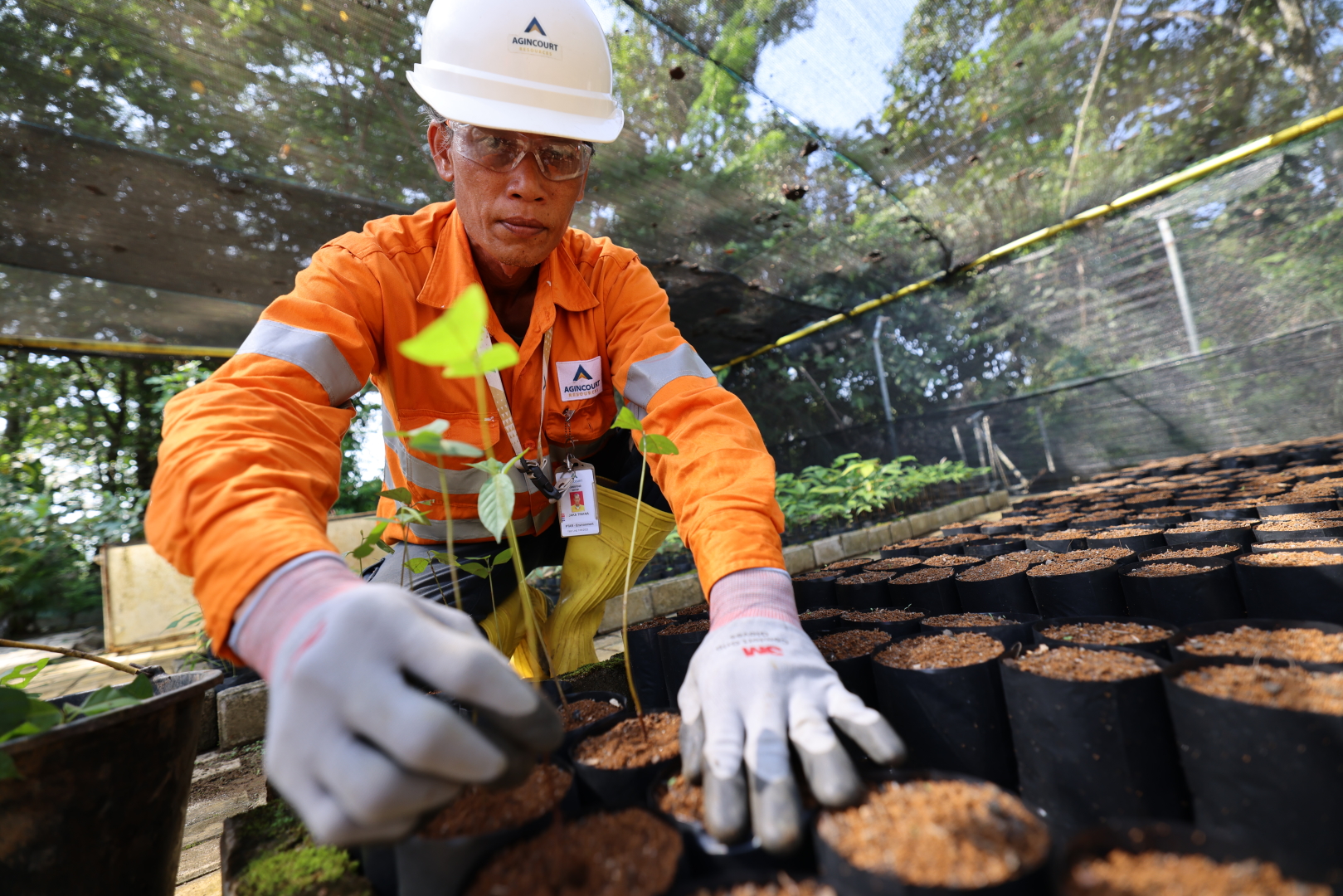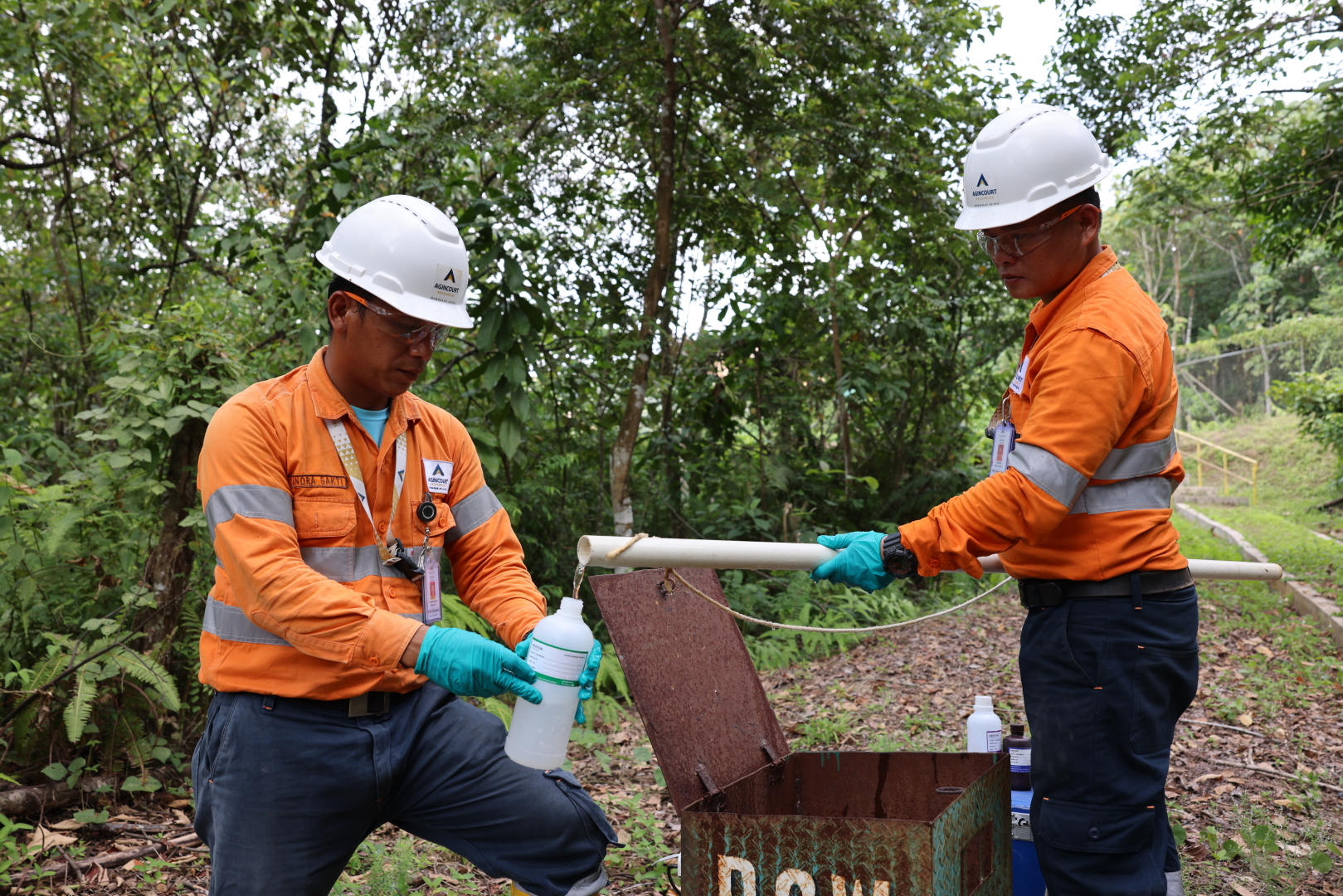ENVIRONMENTAL MANAGEMENT
The Martabe Gold Mine operates in close proximity to local communities, agricultural areas, and a network of waterways originating from native forest landscapes. These unique environmental and social factors require tailored approaches and careful, site-specific management.
Minimising environmental impacts is a top priority and an essential component of our commitment to sustainable development. It is critical not only for meeting government licensing requirements but also for maintaining our social license to operate and align with global best practices in responsible mining.
This section provides an overview of our environmental management approach at the Martabe Gold Mine. More detailed information can be found in our Company sustainability reports.
ENVIRONMENTAL MANAGEMENT GOALS
Goals for environmental management at the Martabe Gold Mine include:
- Compliance with applicable environmental laws, regulations and operating permits.
- Prevention of pollution
- Safe disposal of tailings and waste rock
- Successful mine closure
- Protection of biodiversity
- Continual improvement in environmental performance
Water Management
Monthly water quality monitoring of the Martabe Gold Mine’s process wastewater is conducted, and every three months, process wastewater samples are sent by the Monitoring Team to the independent laboratory PT Intertek Utama Services. There are 11 parameters measured, and the results are disseminated and communicated to the mining community and the wider public.
The Integrated Monitoring Team for the Quality of Martabe Gold Mine’s Process Wastewater is endorsed by the Governor of North Sumatra and is currently led directly by the Regent of South Tapanuli, Dolly Pasaribu. The team consists of representatives from the local government, experts from universities, PTAR employees, and representatives from communities in villages surrounding the mining area. The team membership is updated every 4 years through the Governor of North Sumatra’s Decree.
Disposal of Tailings
The process for extracting gold and silver from ore at the Martabe Gold Mine results in a rock slurry or mud, known as tailings. All tailings produced at the site is disposed of in an engineered TSF. The Martabe TSF has been designed to remain safe under extreme rainfall and seismic conditions and is operated in accordance with industry leading practices. Following closure, the surface of the TSF will be rehabilitated to support a forest cover.
Waste Management
Almost all waste rock produced by mining at the site is used to construct the embankment of the site’s tailings storage facility. The rock is placed in compacted layers to maximize strength and minimize the potential for acid generation, which occurs due to the oxidization of naturally occurring minerals when they become exposed to the atmosphere after being unearthed.
Care is taken by cutting the roots of local Durian plant seeds so that their growth will be good. Agincourt Resources cultivates local plant seedlings in its Nursery facility. This is a critical step for later reclamation and revegetation of ex-mining land.
Durian, Mangosteen, Cempedak Air, Mahogany, Hapinis, Steel Wood, and many other forest trees and fruit trees are tended in the Agincourt Resources nursery.
Planting local plant seedlings in the non-operational areas of the Martabe Gold Mine accelerate the return of natural flora and fauna in the re-vegetation and reclamation sites.
Hydroseeding is carried out for open land, especially sloping land. Special training is needed to use a Hydro-Mulcher tool (hydroseeder).
Hydroseeding is an effective means of land rehabilitation, allowing rapid and initial land cover regrowth to stabilize areas after mining has been completed.
Re-vegetation and reclamation requires local plant seedlings, seedlings taken from the wild, grown in the nursery and returned to re-grow the areas once the mining stops.
Cameras monitor the presence of animals in operational areas of the Martabe Gold Mine. Non-invasive monitoring is easy and constantly provides an abundance of important information.
One of the environmental management monitoring activities at the Martabe Gold Mine is recording the acidity level (ph) and soil coordinates.
Planting the local plant seedlings at the PTAR Nursery facility. Many types of local trees and plants are prepared including Durian, Mangosteen, Cempedak Air, Mahogany, Hapinis, Steel Wood.
Monitoring animals around the Ziah Tailings Area. This monitoring is routinely carried out to identify and determine health of the flora and fauna.
Taking samples of the processed wastewater to ensure quality standards. Water sampling occurs at the end-point of the inlet, the exit outlet, the Batangtoru River at 500 meters before the water discharge point, and the point of mixing of process water and Batangtoru River water, as well as 500 meters, 1,000 meters, 2,000 meters, and 3,000 meters after the release of water.
Wastewater treatment at the Martabe Gold Mine is tested monthly for quality standards. The Integrated Team consists of community representatives and local government.
RECLAMATION
2012 – 2023

47.18
HECTARES
of reclaimed land
73,815
tree seedlings planted within the reclamation area
38,306
tree seedlings planted outside the Martabe Gold Mine are
PROJECT ENVIROMENTAL APPROVALS
Indonesian law requires an approved environmental and social impact assessment, known as an Analisis Mengenai Dampak Lingkungan or AMDAL, as part of the the permit approvals process for all mining projects. An AMDAL comprises three documents: an environmental impact statement or AMDAL, an environmental management plan (Rencana Pengelolaan Lingkungan or RKL) and an environmental monitoring plan (Rencana Pemantauan Lingkungan or RPL). The AMDAL assessment process is summarised below. Planning for sustainable development at the Martabe Gold Mine commenced before the construction of the project with the implementation of 38 environmental and social studies in support of the project’s AMDAL, which was approved in 2008. Subsequent project development has been approved based on successive AMDAL Amendments.
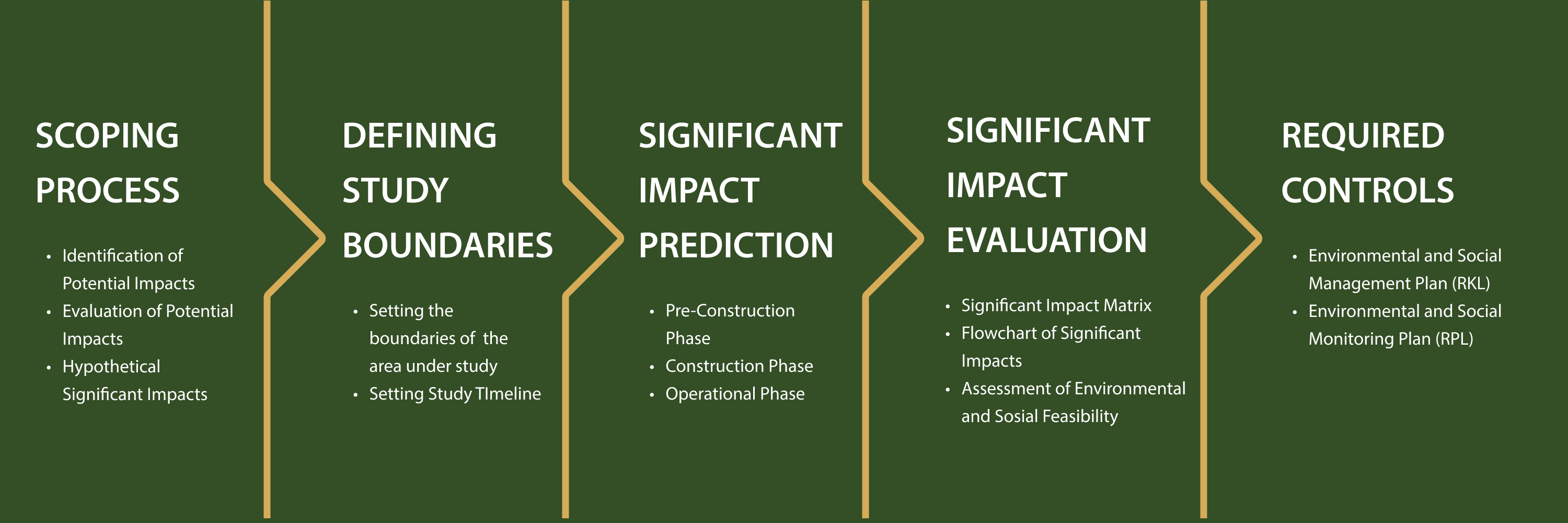
MINE CLOSURE PLAN
The closure strategy for the Martabe Gold Mine is documented in a Mine Closure Plan (MCP) approved by the Indonesian Ministry of Energy and Minerals.
The MCP addresses the technical and physical aspects of mine closure. Equally important are provisions to address the social impact of mine closure. This need is addressed by the PTAR Community Development and Engagement Master Plan.
The Indonesian government has implemented a system to ensure that mine closure costs are provided for by the mine owner during operations. Mine Closure Plans must include a detailed estimate of mine closure costs and the owner is required to make progressive payments towards a closure bond that fully covers these costs. These funds are later returned to the company upon completion of the mine closure program or otherwise used by the state for the same purpose. PTAR has fully funded a mine closure bond for the Martabe Gold Mine of value $28.6M million.



